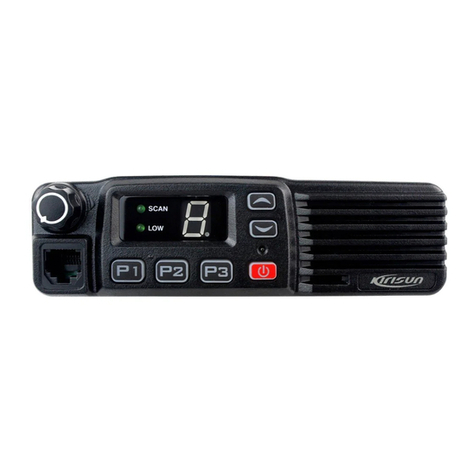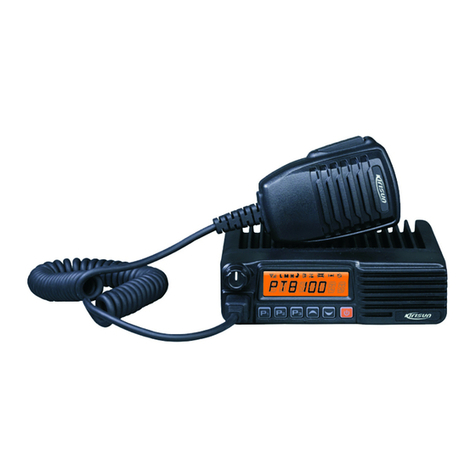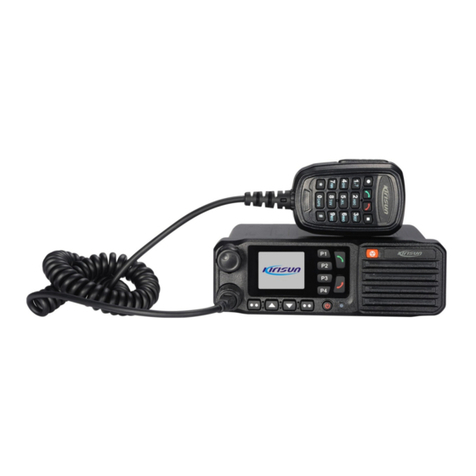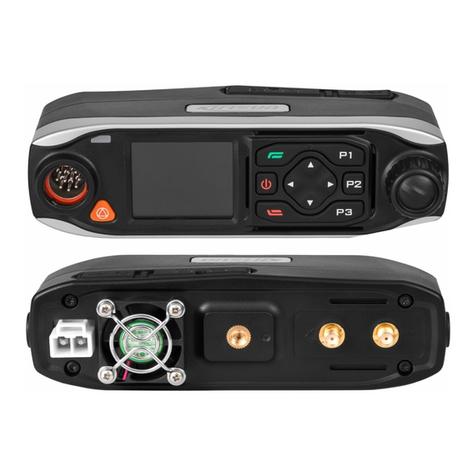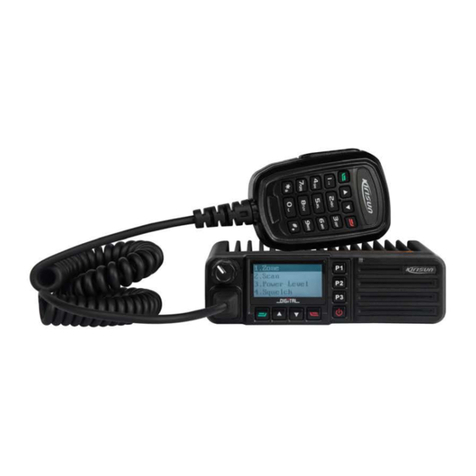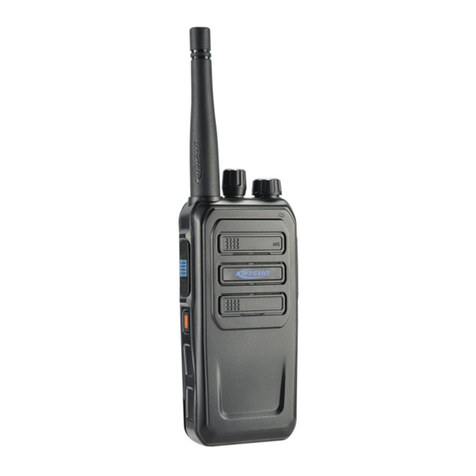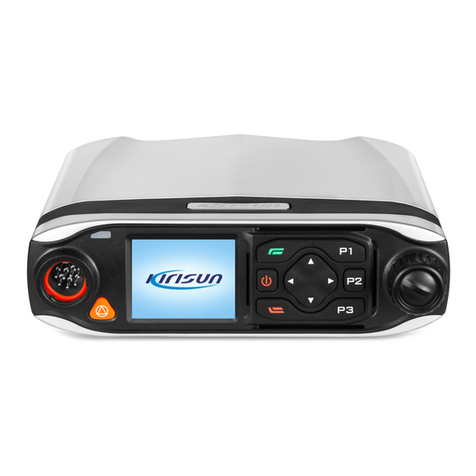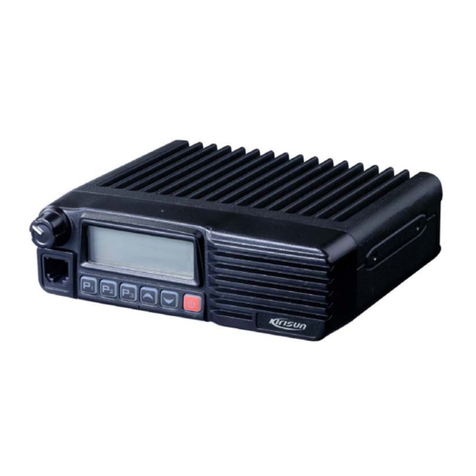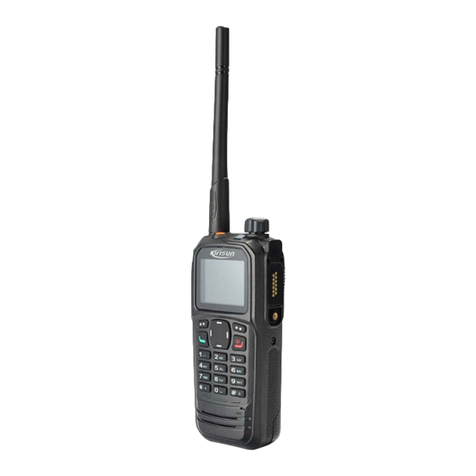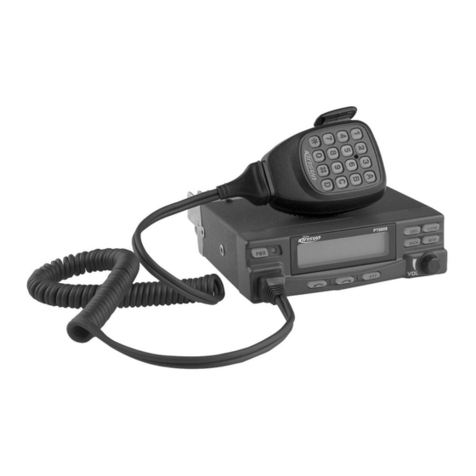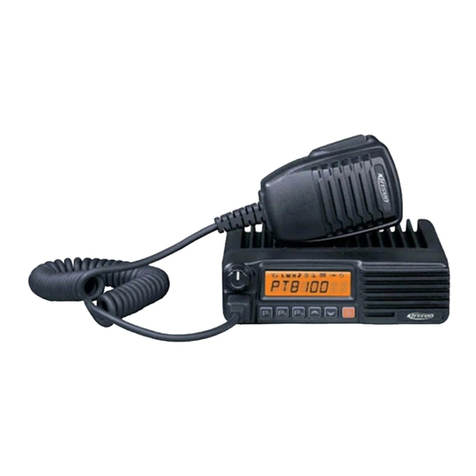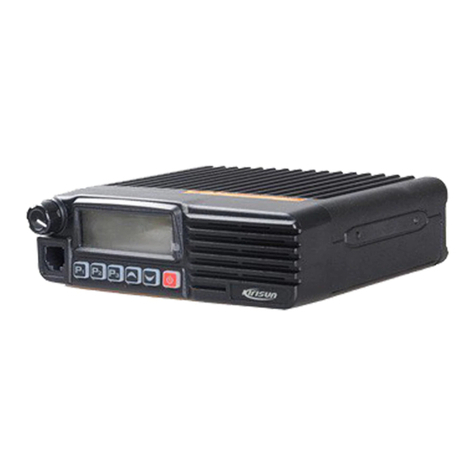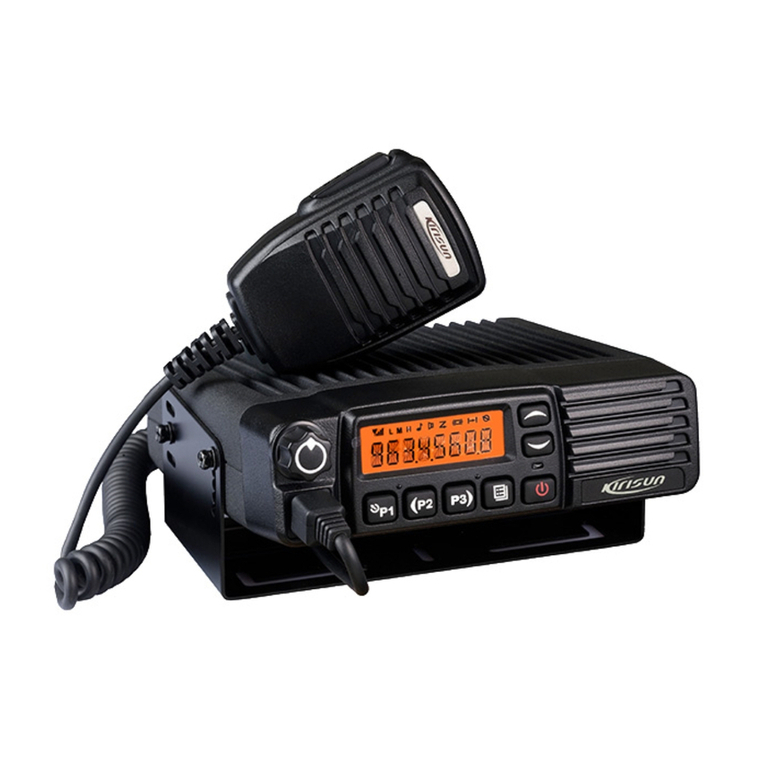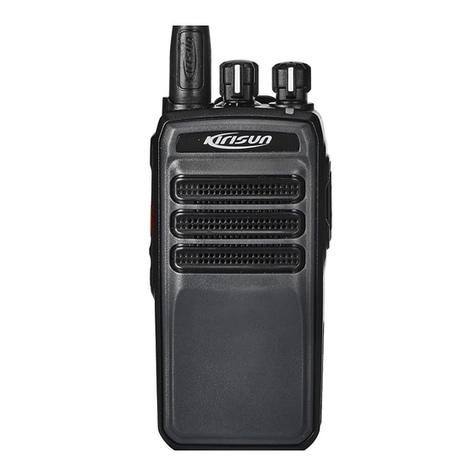
DM588 Service Manual
Contents
1.Overview ............................................................................................................................................1
1.1. Range of Application....................................................................................................................1
1.2. Safety Precaution ........................................................................................................................1
1.3. Maintenance Service...................................................................................................................1
2.External View and Keys....................................................................................................................2
2.1. External View...............................................................................................................................2
2.2. LED Indicator...............................................................................................................................2
3.Basic Operation............................................................................................................................................. 3
3.1. Powering On/Off ..........................................................................................................................3
3.2. Selecting a Channel.....................................................................................................................3
3.3. Adjusting Volume.........................................................................................................................3
3.4. Initiating a Call .............................................................................................................................3
3.5. Receiving a Call...........................................................................................................................3
3.6. Calling Back.................................................................................................................................3
4.Circuit Description........................................................................................................................................ 4
4.1. Schematic Circuit Diagram of Main Board .................................................................................. 4
4.2. Tx Circuit......................................................................................................................................4
4.3. Rx Circuit .....................................................................................................................................5
4.4. Frequency Synthesis Circuit........................................................................................................6
4.5. Power Supply Circuit ...................................................................................................................6
4.6. Others .......................................................................................................................................... 7
4.7. Port Description of Master Chip LT1901 .....................................................................................7
4.8. Control Panel...............................................................................................................................9
5.Feature Description and Parameter Settings.......................................................................................10
5.1. Stun, Revive and Remote Monitor.............................................................................................10
5.2. Scan...........................................................................................................................................10
5.3. Zones..........................................................................................................................................11
5.4. Preference Settings....................................................................................................................11
5.5. TOT (Time-Out-Timer) ...............................................................................................................12
5.6. EmergencyAlarm ......................................................................................................................12
5.7. Parameter Settings....................................................................................................................13
5.8. Upgrading Software...................................................................................................................13
6.Assembly and Disassembly......................................................................................................................14
6.1. Separating RF Unit and Control Panel......................................................................................14
6.2. Disassembling Main Unit...........................................................................................................15
I
